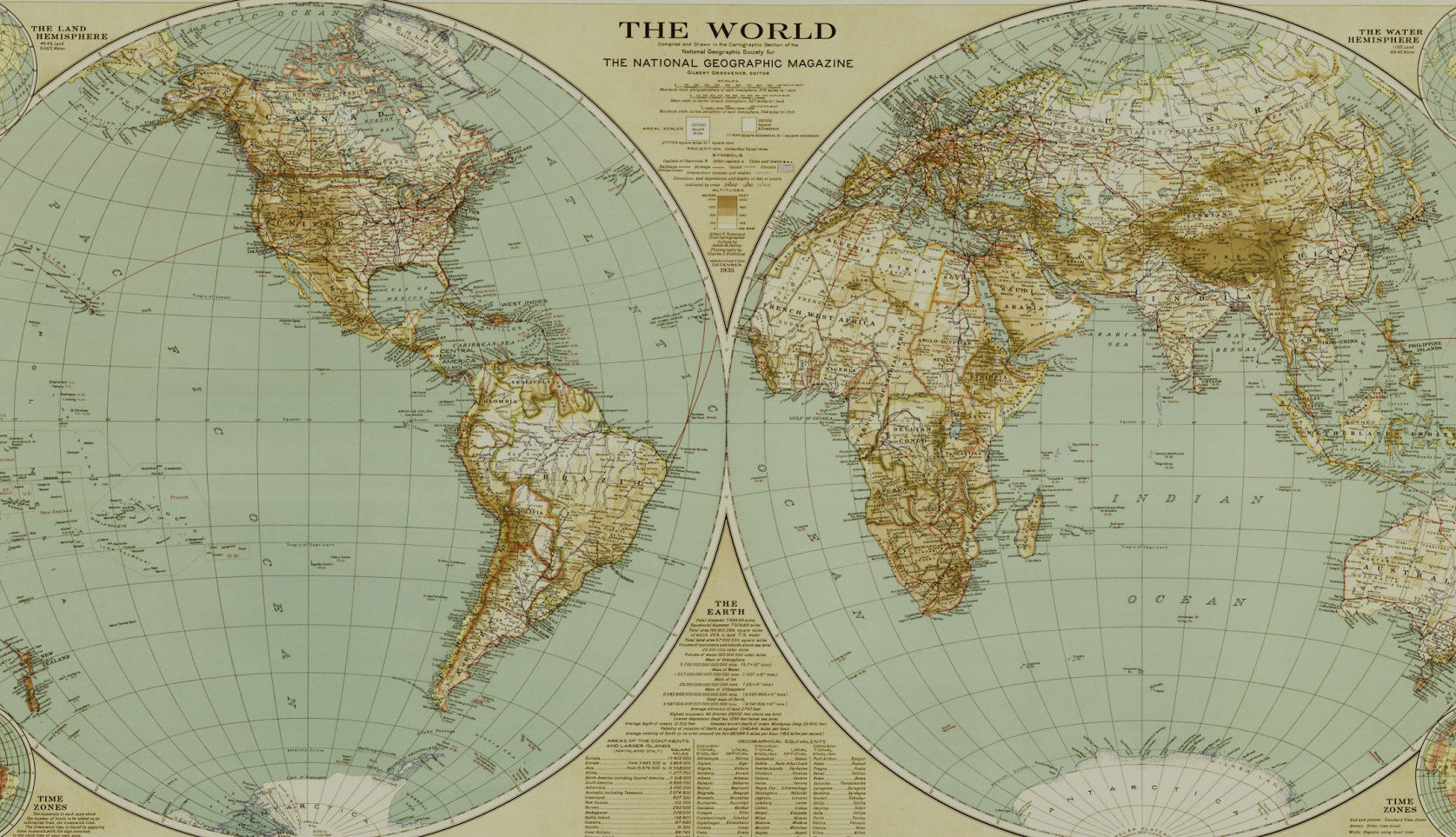A lot of my time in Mexico was spent in the small village of Tahcabo, in the centre of the Yucatán Peninsula. Tahcabo is a pretty village with a peaceful atmosphere. I made many friends there and learned about the Yucatec Maya culture, some of the language and lots about the amazing food! A Heritage Trail is about to be installed and it will let visitors enjoy the highlights of the village.
The museum in Tahcabo is located in the light blue municipal building on the main square. It is run by the Tahcabo Heritage Committee which is made up of community members so there is usually someone around who can let you in. The displays are in Spanish, but if you don’t read the language there are objects and photographs to see as well. This is where you can start your walk along the heritage trail.
The museum is a recent addition to the village and was created as part of a collaboration between the residents of Tahcabo and the Proyecto Arqueológico Colaborativo del Oriente de Yucatán (PACOY), directed by Dr. Iván Batún Alpuche and Dr. Patricia A. McAnany. Other groups that were instrumental in making the museum happen were the Archaeological Institute of America, the University of North Carolina, InHerit: Indigenous Cultural Heritage Passed to Present, and the Municipality of Calotmul, Yucatán.
The church is also on the main square. On the side of the entrance to the church grounds there is a lovely small sculpture that could date to the earliest days of Christianity in Tahcabo. The current church was built after Hurricane Gilbert struck the Yucatán in 1988. The earlier church on the same spot was a ramada church: the sanctuary was made of stone but the seating area for congregation had a thatched roof and open walls. A real treasure is the ruin of the much older church behind the new church. The structure is overgrown with vines and trees and is wonderfully crumbling. Also on the church grounds is a bullfighting ring which is used on and leading up to August 24th, the feast day of San Bartolomé.
Continuing around the back of the church ruins you come across a large mound that dates to the Middle Preclassic period (600 BCE). It definitely stands out in an otherwise flat residential landscape: this is the best place in the village to get a mobile phone signal so don’t be surprised if you see someone on the top holding a phone in the air! When Spaniards arrived in the area this mound was still being used for Maya religious ceremonies and they ordered that a Christian church be built next to it. This attempt to transform the spiritual life of the residents of Tahcabo was successful, but traditional Yucatec Maya practices, culture and folklore remain vibrant in the community to this day. Many stories are still told about strange things that happen on the mound, especially at night…
A little farther along the heritage trail is a charming example of a traditional house. The oval shape of Maya houses has been common from the Colonial period until today. All around Tahcabo you can see properties that have a mix of this shape of house and more modern square concrete buildings. Most homes are composed of a few different buildings that are used for different purposes and often extended families live next to each other. When we were in Tahcabo excavating, every day we ate lunch in a thatched oval kitchen building. The airflow through the wooden walls was very welcome after working out in the sun all morning!
The next stop on the heritage trail is the rejollada where I was excavating for two weeks. Rejolladas are very important to the people of Tahcabo. They provide ideal garden areas in an otherwise very dry landscape that has limestone bedrock close to the surface. This same bedrock is what makes these soil filled sinkholes possible. In the past maize and other vegetables were likely grown in them, as were the important crops of cacao and cotton.
The rejolladas located in the village itself are still used for gardening, for making earth ovens (píib) and for conducting the Ch’a’ Cháak rain ceremony. There are usually chickens wandering through and there could be vegetables growing, tree crops, animals, or some other activity taking place. In contrast, another rejollada we were digging in on the outskirts of town was overgrown with trees and was a very tranquil place to excavate.
Cenotes and rejolladas are related: they are both natural sinkholes in the limestone bedrock. But one has filled with soil (rejollada) and the other fills with groundwater (cenote). The climate of the Yucatán Peninsula is very dry at certain times of the year (it only rained a handful of times in my four weeks there) so you can imagine how important a consistent source of water would be! The one on the heritage trail even has an old ceiba tree growing at it. This is a type of tree that marks the site’s special significance for the Maya. Cenotes also have many legends attached to them and are of course beautiful to look at.
I had such a wonderful experience in Mexico and can’t recommend enough a visit to the small villages of the Yucatán Peninsula. The hospitality and warm wishes I received will stay with me throughout the rest of my Global Archaeology journey.
For more information about visiting the Yucatán Peninsula have a look at these links:
